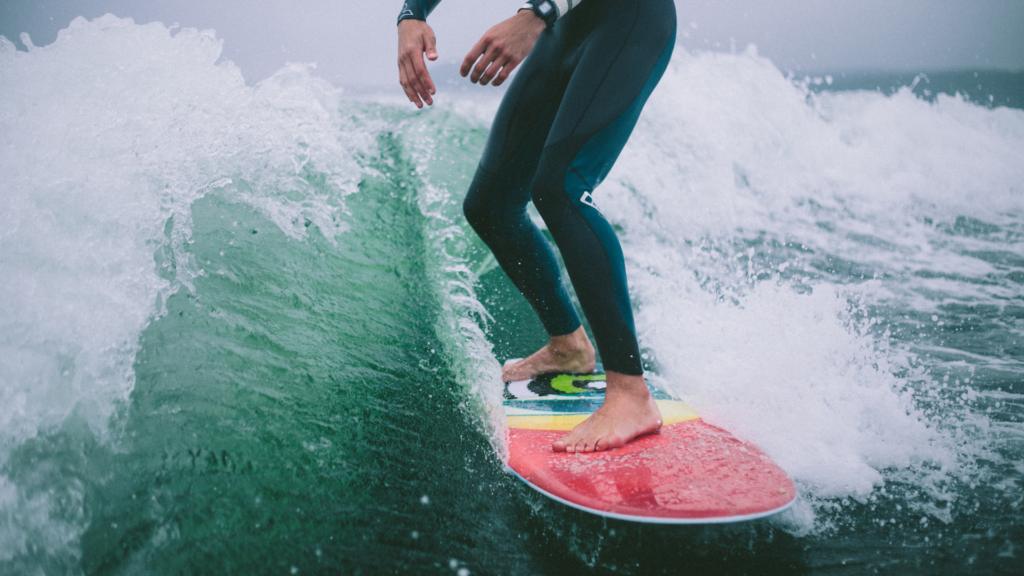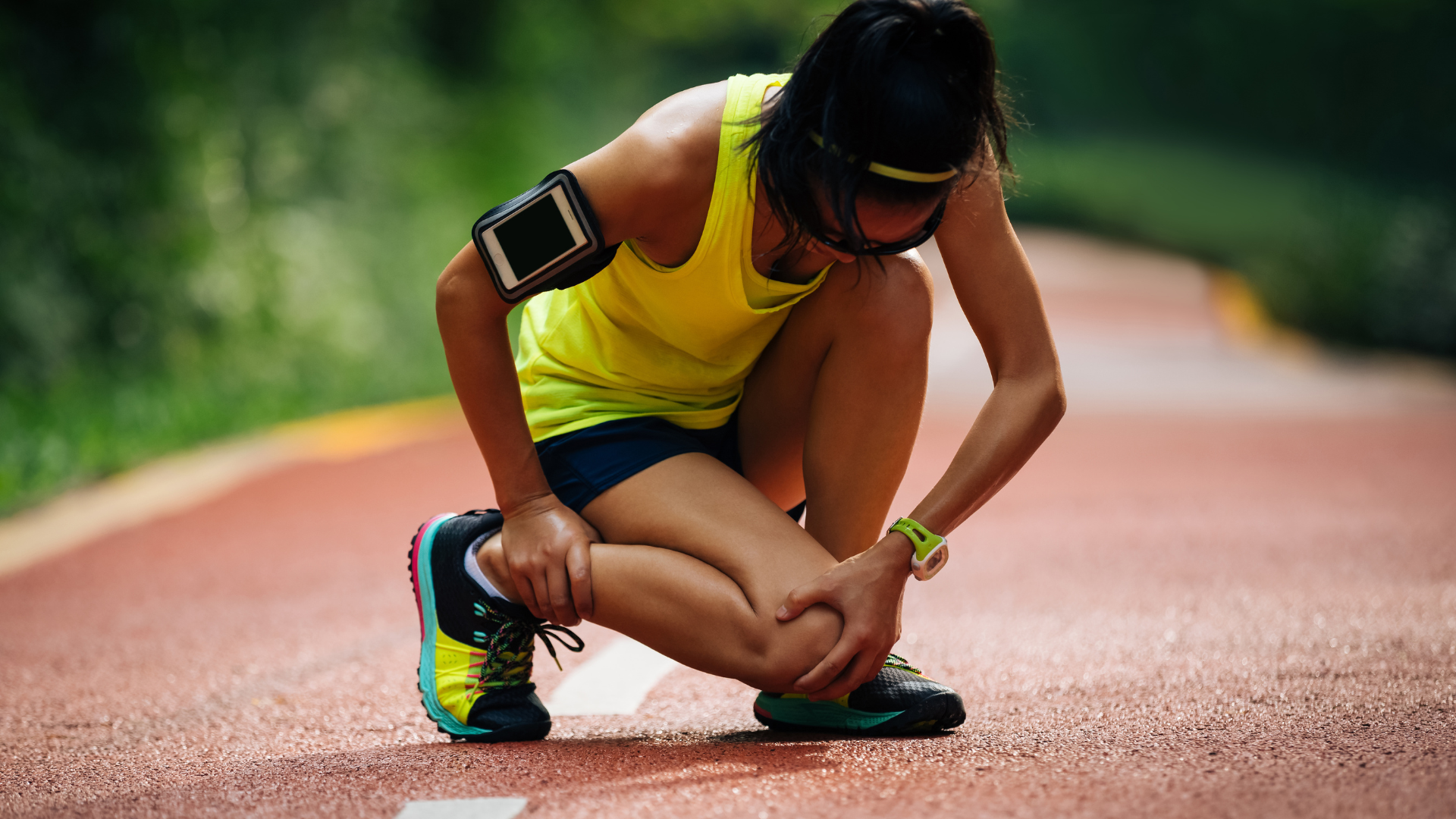There has been a growing interest among Singaporeans pursuing sea sports adventures in recent years. It is a much more common sight seeing speedboats cruising out of Sembawang Park Jetty or Punggol Jetty with someone trailing behind skimming across the shimmering waters on a colourful board. While we know running on hard grounds can give us feet problems, not many are aware that trying to stand on water does not mean it is any easier on your feet.
It is reported that almost one-third of surfers would develop an acute injury while surfing. The most common injuries surfers sustained were lacerations and sprain injuries. Lacerations sustained were mainly to the face and lower limbs, while sprain injuries were the most common in their legs.
1. Cuts and Wounds
Never underestimate the challenge of trying to stand up on a surfboard and maintain your balance, especially for a novice attempting it the first time! At fast speeds, losing your balance and falling into the water can be a painful experience. In the process, we may sustain cuts and lacerations to our feet and toes, especially when the board bounces back up and we get hit by accident. Exposing our open wounds to sea water in Singapore may not be ideal, as the bacteria and germs in the open sea waters may cause an infection to our wounds. As soon as you can, you should rinse and wash your wounds with clean water and apply a clean and antiseptic dressing. Should an infection develop, you should quickly see a Podiatrist or Doctor without further delay.
2. Ankle aches and sprains
While maneuvering a wakesurfing board, we depend heavily on our feet to keep balance. In doing so, we activate the muscles around the ankle and within the foot for long periods of time which can cause tendon injuries and inflammation, resulting in pain and swelling. These symptoms are usually acute and may go away after some rest. However, if left untreated, it can lead to chronic pains which affects daily walking.
Sometimes, a wakesurfer may lose balance as he or she rides over a wave and slips off the board. In the process, ankle sprains can happen.
If these happen, you should see a Podiatrist who can assess your injury and feet condition, and provide the appropriate treatment. The treatment plan may include exercises, sports taping, stretching and strengthening exercises and prescription of foot orthoses, which will help to support your feet joints during the recovery period to relieve pain and prevent further injury.
3. Toe injuries
A wakesurfer would have to control his balance and acceleration on the board and often does this by griping the toes and using the toes to place pressure on the wakesurfing board. Over long periods, these movements can cause injuries to the tendons and muscles surrounding the toes, and consequentially develop deformities such as hammer toes or clawed toes.
A Podiatrist can help assess your toes and stretch out any tight muscles, and instruct exercises to strengthen the muscles stabilizing the toes and foot while wakesurfing. If needed, the Podiatrist can help to offload the affected toes through footwear or orthotics for a speedier recovery and to prevent further deformity.
4. Balance
The key to wakesurfing successfully is to have good balance and strong core muscles. Often, a wakesurfer will need to bend the knees to lower the body’s centre of gravity to find balance. The perpetual motions of twisting your body and bending of knees during wakesurfing may cause some strain to your core muscles and knees if they are not conditioned well.
A podiatrist can assess and provide tips to improve your lower limb balance and strength, and refer to our physiotherapists for core strengthening if needed.
Mastering wakesurfing can be challenging for your feet. If you need help, feel free to consult our friendly Podiatrists through our Ask a Podiatrist Whatsapp service at 9175 4929.
Written by:
Kwok Siew Keong
Principal Podiatrist
Physio and Sole Clinic
References:
1. Furness J, HingW,Walsh J, Abbot A, Sheppard JM, Climstein M. Acute injuries in recreational and competitive surfers. AJSM (2015); 43:1246-54.
2. Klick C, et al, Surfing USA: an epidemiological study of surfing injuries presenting to US EDs 2002 to 2013. Am J Emerg Med (2016); 34(8):1491-1496.






